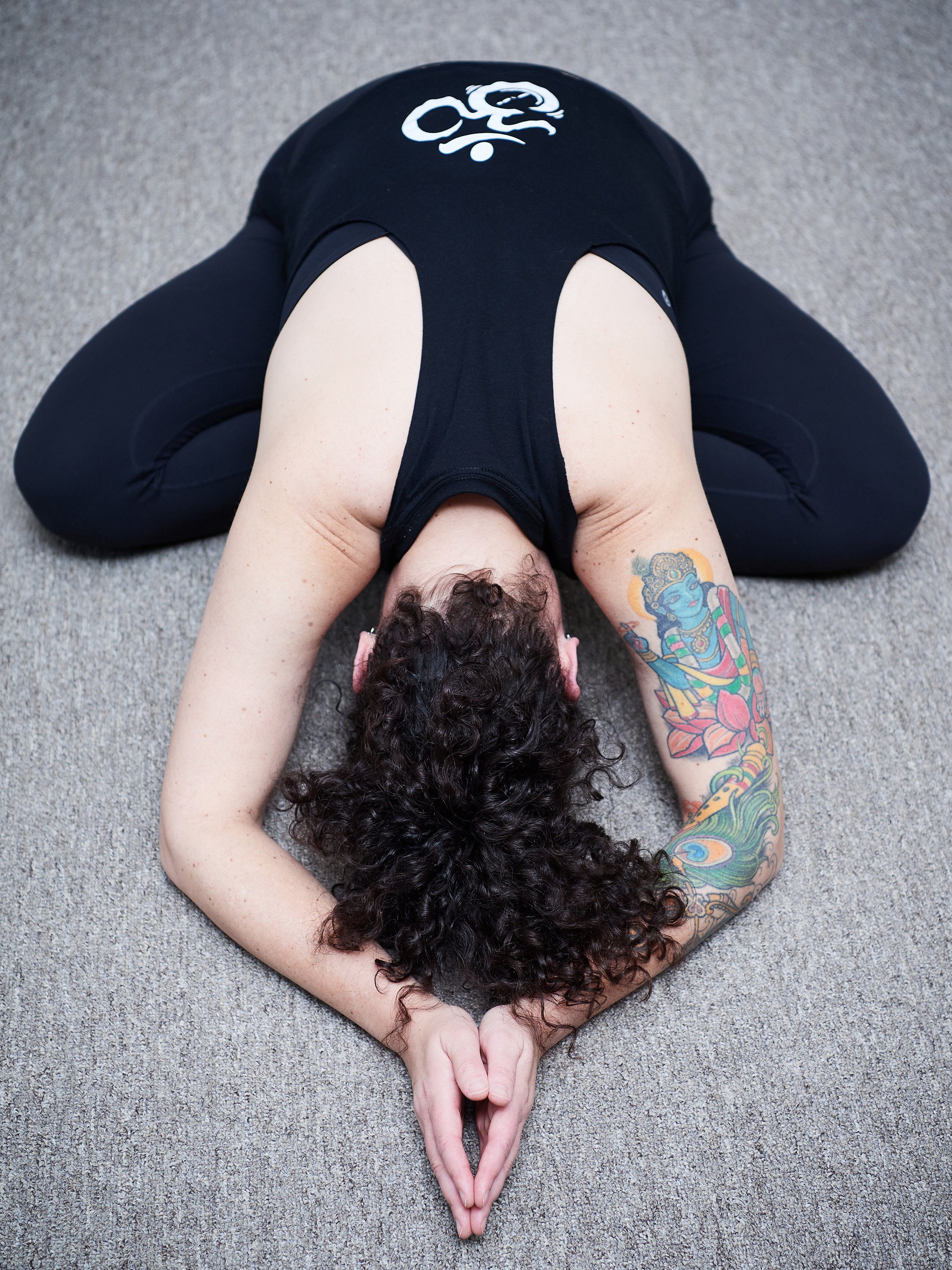
WE TEACH SPIN,
YOGA, HIIT AND
EMPOWER’D BARRE CLASSES.
We help our members love fitness and yoga by creating accessible classes that suit your busy schedules. We tailor our classes to each person’s needs - yes, we check in with each member! You will get the support you need with our fun, uplifting classes and we will help you grow to see the amazing person you already are!
INTRO OFFER
First Month Unlimited
$60 + HST
1 month (30 Days) of Unlimited Classes
These introductory offers are for new clients only
There are no refunds and this offer is not transferable to another person
** Offers available after intro **
Appointments (thai massage and reiki) are not classes so not included with these offers.
Specialty Classes/Workshops are not considered classes and not available with these offers.
For information on ongoing prices - go to PRICING
For information on how to create an account and book a class go to BOOK A CLASS
For first timer information go to FIRST TIMERS
-

The Why
We want to empower you through fitness and yoga to achieve your life goals. The time we spend together is time we deposit into our LIFE. These deposits give us strength and wisdom to draw on when we need.
-

NEW CLIENT FAQ
Everyone has a bunch of questions - what should I bring with me? Where should I start? We will do our best to keep updating this with the questions that we get moving forward.
-

The Team
Our TEAM lives and breathes the Bend Vision: We do all that we can in every class to bring about the ultimate experience for you. Our members add to this TEAM to help create the loving community we all call home.




